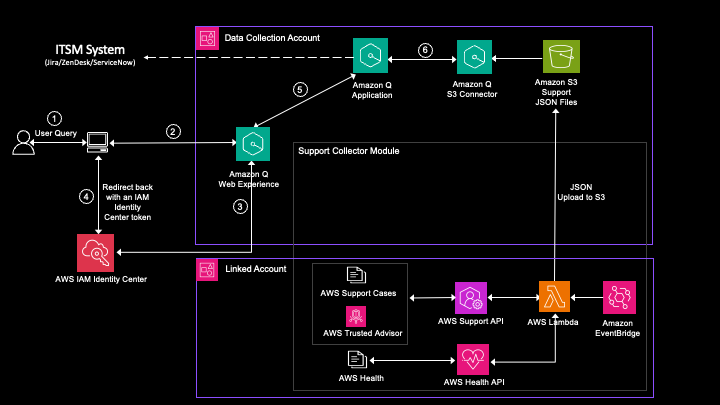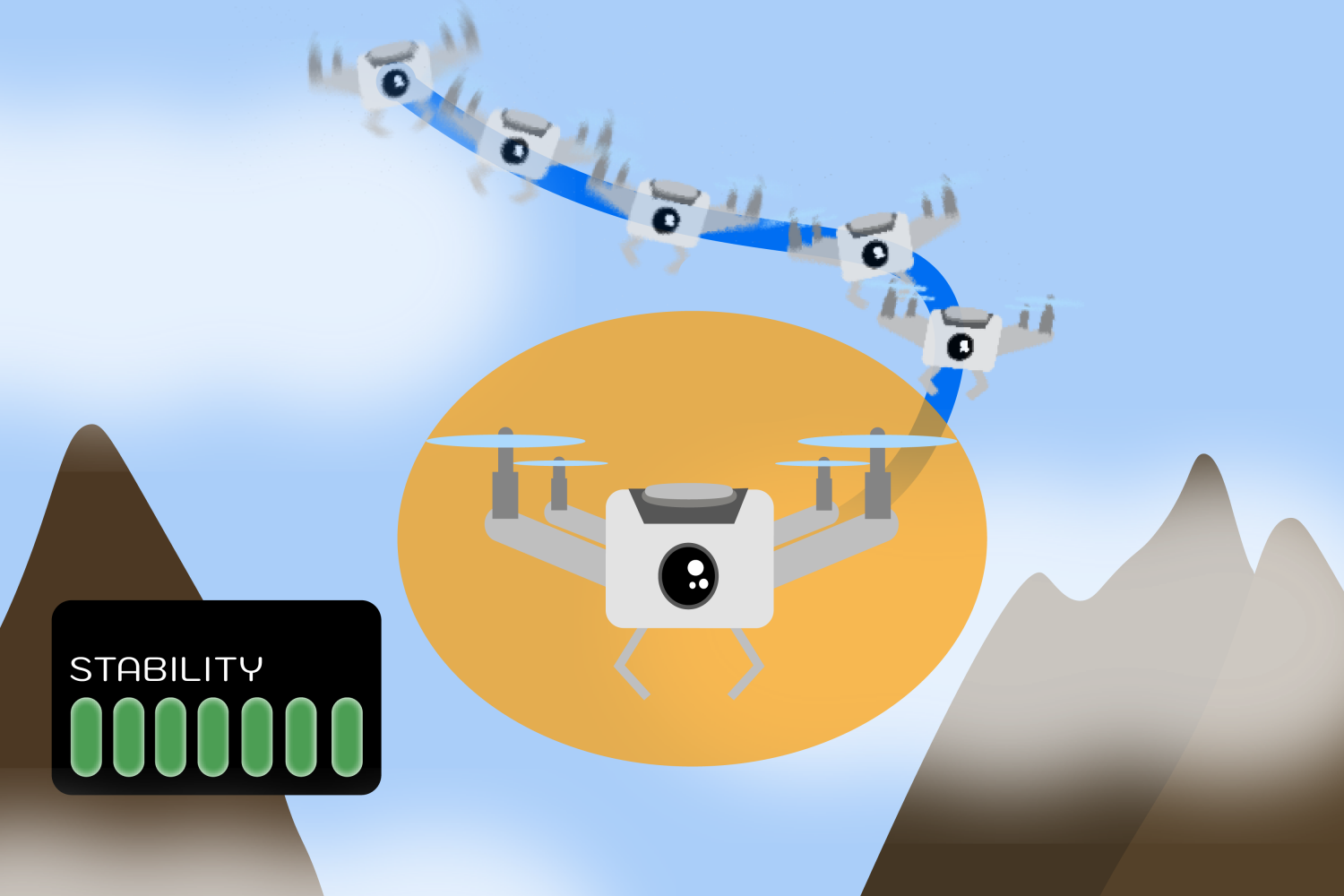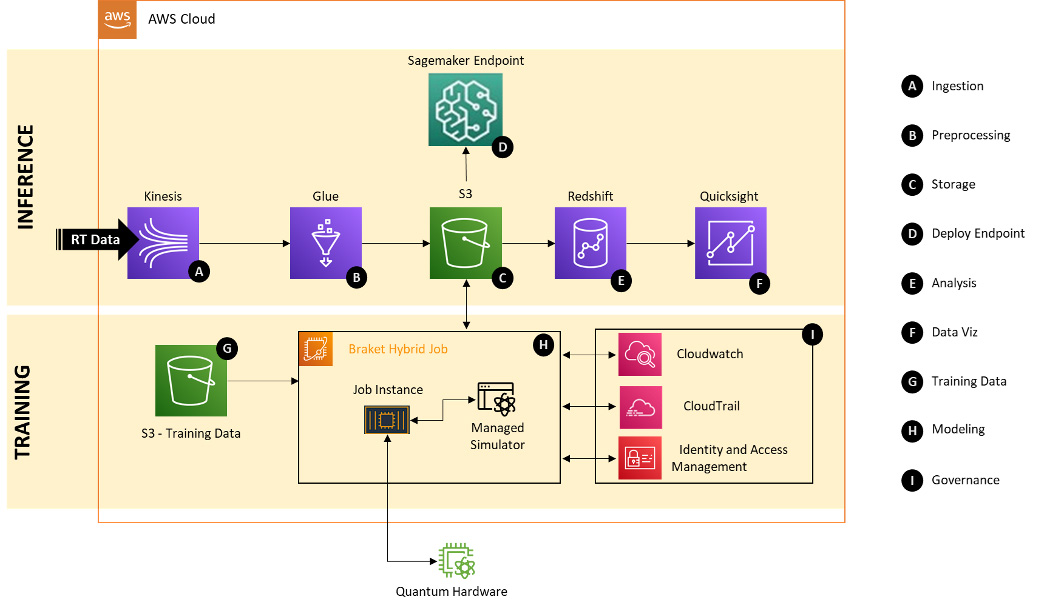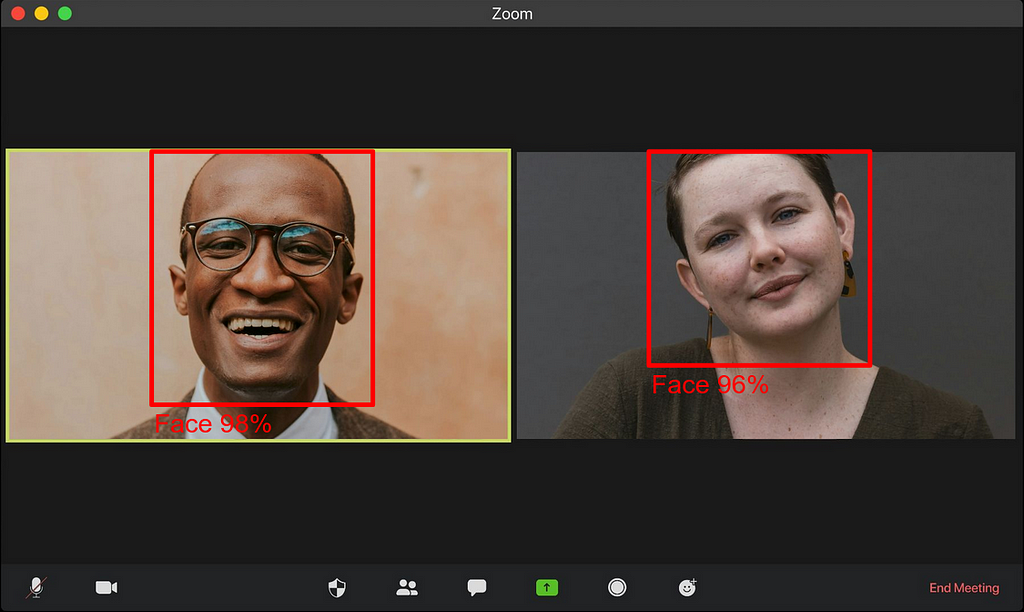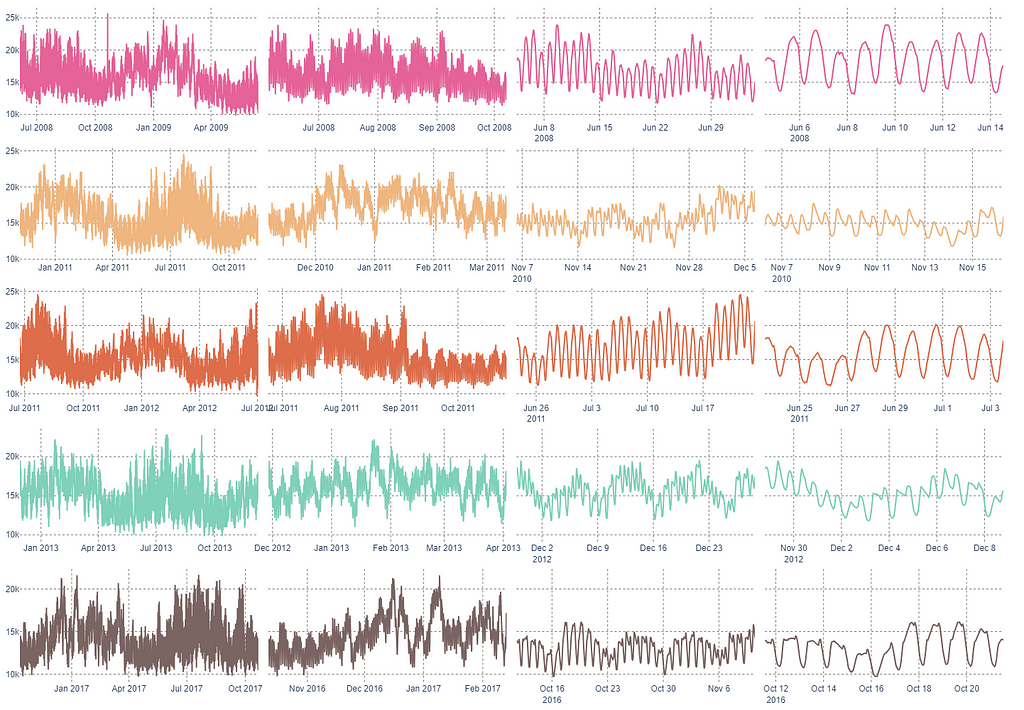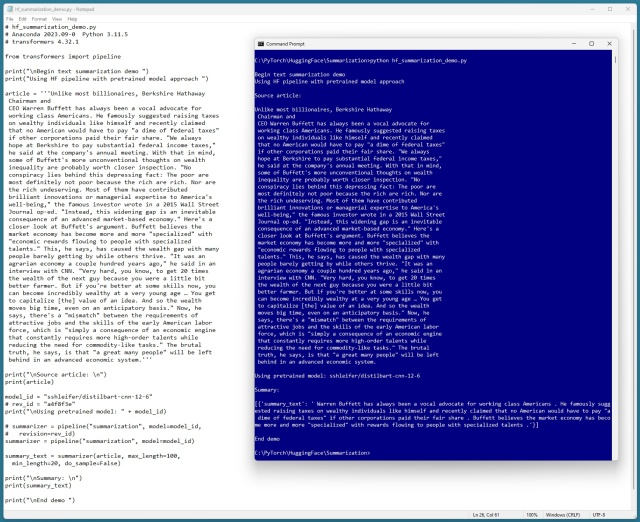King's speech excluded crackdown on overseas workers and AI bill. 40 proposed bills lacked some previously suggested ideas.
AWS introduces Amazon Q Business, a generative-AI chat assistant integrating support data for actionable insights. This solution streamlines IT operations, enhances customer support, and boosts AWS efficiency.
Allies of Trump draft AI executive order to boost military tech and reduce regulations, signaling potential policy shift in 2025. Proposed order includes "Manhattan Projects" for military AI and industry-led agencies to safeguard systems, benefiting companies like Palantir and Anduril.
Neural networks enhance robot design but pose safety challenges. MIT researchers develop new techniques to ensure stability, enabling safer deployment of AI-controlled robots and vehicles.
Satellite imagery enhances monitoring of Earth's changes, but cloud segmentation is crucial. Algorithms like Random Forest and YOLO are compared for cloud removal in Sentinel-2 images. Access data through Copernicus Open Access Hub, Google Earth Engine, or Python package sentinelhub.
Machine learning algorithms aid in real-time fraud detection for online transactions, reducing financial risks. Deloitte showcases quantum computing's potential to enhance fraud detection in digital payment platforms through a hybrid quantum neural network solution built with Amazon Braket. Quantum computing promises faster, more accurate optimizations in financial systems, attracting early int...
Scarlett Johansson criticizes OpenAI for using imitation of her voice in ChatGPT update, citing personal values. She declined to provide voice for Sky, referencing her role in Spike Jones film 'Her'.
Sheila Hancock reflects on the impact of AI on acting and personal technology evolution. Despite mastering Google and Zoom, AI remains a daunting challenge for the veteran actor and writer.
Train a fast, lightweight BlazeFace object detection model for real-time browser applications. Utilize PyTorch, TFLite, and JavaScript for efficient model training and deployment.
Learn about feature engineering and constructing an MLP model for time series forecasting. Discover how to effectively engineer features and utilize a Multi-Layer Perceptron model for accurate predictions.
Leonardo Da Vinci's CV creation inspires a new AI-powered application for structured document generation, showcasing the power of large language models (LLMs) beyond chat apps. The tutorial highlights the seamless workflow of agents working together to transform personal data into a polished CV with ease and efficiency.
AWS introduces Cohere Command R fine-tuning model on Amazon SageMaker, enhancing LLM capabilities for enterprise tasks. Fine-tuning allows customization for specific domains, leading to significant performance improvements in various industries.
Google DeepMind launches Visualising AI project to explore RAG techniques for improved retrieval accuracy. Gemini Pro handles 2M token context, highlighting the importance of advanced retrieval techniques for LLMs in fields like law and journalism.
Machine Learning is great for predictions, but not for explaining causation. Causal inference is crucial for understanding and influencing outcomes.
HuggingFace's large language model libraries simplify text summarization. Warren Buffet's views on wealth inequality and market specialization are thought-provoking.


